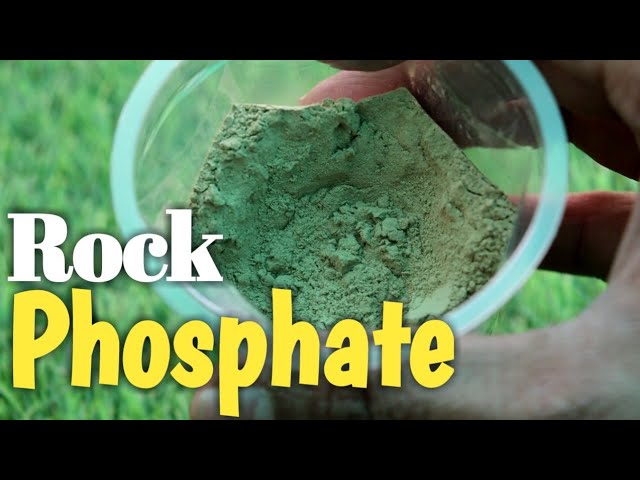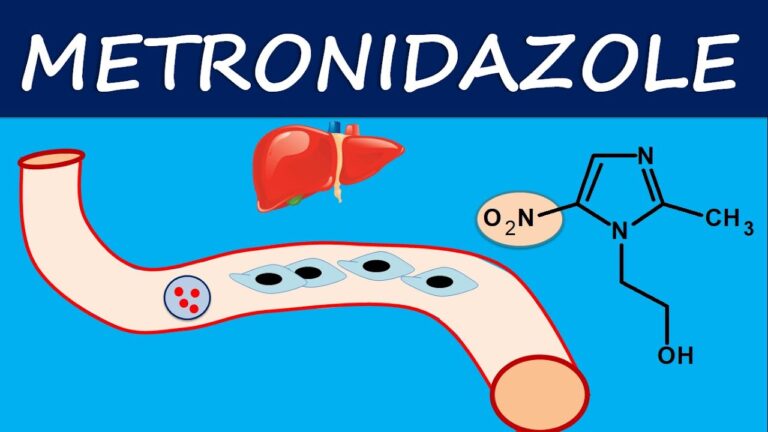Uncovering the Benefits and Risks of Fosfate in Agriculture
Fosfate – A Critical Component for Agriculture
Fosfate is an essential mineral element for plant growth, making it a critical component for agriculture. It plays a vital role in various metabolic processes, such as photosynthesis, cell division, and energy transfer. It is also necessary for the production of ATP, the energy source for living cells. Without fosfate, plants cannot complete their life cycle and produce the food that feeds the world.
The scarcity of fosfate is a significant concern for modern agriculture, given the rapidly growing global population and the ever-increasing demand for food. Fosfate is a finite resource and cannot be synthesized, making its conservation essential. The effective utilization of fosfate by plants is also critical, considering that most of the fosfate applied to soils becomes fixed, unavailable to plants, and lost in runoff, polluting waterways.
To optimize the use of fosfate, farmers and agronomists can follow best management practices. These practices include planting fosfate-efficient crops, selecting fosfate-efficient cultivars, minimizing soil erosion, and reducing nutrient losses through runoff and leaching.
One way to use fosfate more efficiently is to use phosphate fertilizers that contain slow-release mechanisms to reduce losses to the environment. Another strategy is to use fertilizers that have been coated with materials that protect the fosfate from binding with cations, such as calcium and magnesium, which renders it insoluble in the soil.
Another method is to use biofertilizers that contain fosfate-solubilizing bacteria, which can convert insoluble natural fosfate into a form that plants can absorb. These bacteria also help reduce the environmental impact of fosfate fertilization, as they increase the plant’s ability to take up fosfate that would otherwise be lost.
The use of crop rotation is another beneficial technique in optimizing fosfate utilization. It has been shown that some crops, such as legumes and brassicas, have the ability to mobilize residual fosfate in the soil and make it available to subsequent crops.
In conclusion, fosfate is an essential component for agricultural productivity, and efficient utilization and conservation of this resource are crucial for sustainable food production. The incorporation of best management practices and the use of innovative solutions, such as biofertilizers and slow-release fertilizers, can enhance fosfate utilization, reduce losses to the environment, and help to feed a rapidly growing global population.
Most searched products:
Is Niacinamide an Active Ingredient in Skincare Products?
Does Sephora Support Israel? Answering Your Questions
5 Surprising Ways The Ordinary Lash Serum Can Transform Your Lashes
The Ultimate Guide to The Ordinary Eye Cream: Reviews, Ingredients, and Benefits
Discover the Benefits of The Ordinary Botox for Your Skin
Benefits of Using Glycolic Acid for Dandruff Treatment
Why The Ordinary Glycolic Acid Is Perfect For Banishing Armpit Darkness
Revitalize Your Skin After a Sweat Session with the Best Post-Workout Skincare Products
Unveiling the Wonders of The Ordinary Red Mask: Benefits, Ingredients, and How to Use It
Transform Your Brows with The Ordinary Hair Serum: A Comprehensive Guide












